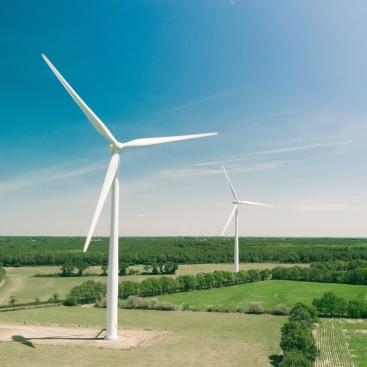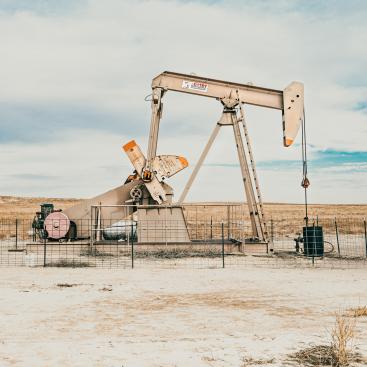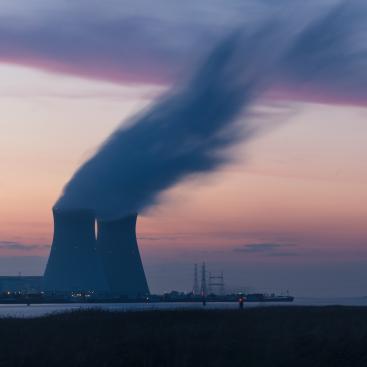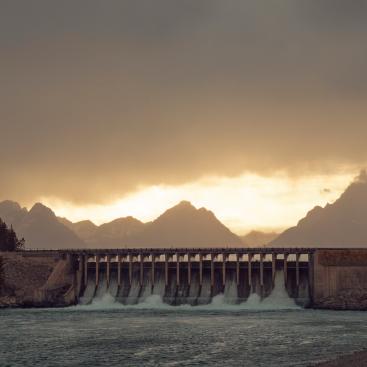Ideas

The gradual reduction of public support measures is ushering renewable energies into a new era: that of autonomy on electricity trading markets. The way in which the associated risks are managed (volatility, cannibalisation effects, modification of the supply/demand equilibrium, buyer consideration, etc.) therefore becomes a fundamental issue in the project’s business plan and consequently for all stakeholders. In this article, Mirova offers a look at merchant risk, how it can be analysed, the strategies to guard against it and the opportunities that can be seized.

One of the most important challenges for institutional investors is to deploy large amounts of capital and manage increasingly high liability commitments in an environment of low-yielding opportunities. At the same time, one of the biggest challenges for the world as a whole is dealing with climate change, its impacts on the economy and more broadly with what it already implies in terms of adaptation for all humanity. While seemingly disparate, these two challenges have converged to a point where they become synergetic: today, the renewable energy production infrastructure sector has reached maturity and offers investment opportunities with a good risk/return ratio, while participating in the reduction of greenhouse gas emissions. For investors, renewable energy infrastructure has thus established itself as an asset class in its own right.

Whether it is “grey”, “blue”, “yellow”, or “green”, hydrogen is the topic on everyone’s lips today. While it is already widely consumed in many sectors, its use as a source of energy is only in its early stages. Its applications are as numerous as they are promising, most notably in the mobility sector. For it to become the best facilitator for the transition towards a low carbon economy, many challenges still need to be met, starting with the mass production of a zero-carbon hydrogen which will require substantial investment in the coming years.

The energy, industry, buildings and transport sectors together currently account for three quarters of global greenhouse gas emissions, with mobility alone representing no less than 24% of CO2 emissions caused by energy combustion1. To limit global warming in accordance with the goals of the Paris Agreement, financing the transition of transport towards low-carbon mobility constitutes both an ecological imperative and an opportunity for positive impact investment.

This is a methodological document aimed at clarifying how Mirova takes into account sustainable development issues in the framework of the environmental, social and governance analysis of each sub-sector of activity.

No matter the final objective - risk mitigation, identifying opportunities, creating impact, or all three – considering environmental and social factors alongside financial information leads to an information advantage for investors. Should we fail to limit temperature rise to 2°C or less, climate change will almost certainly wreak global havoc and lead to vast costs (IPCC, 2014). To mitigate the costs and impacts of climate change, we have no choice but to reduce emissions as quickly as possible while building resilience in the areas that will be affected.

Nuclear power makes up about 9% of global electricity generation, with 443 reactors and 385 GW of capacity in operation today. This includes reactors in 31 countries, with Belarus and the United Arab Emirates currently constructing their first (World Nuclear Organization 2016).

Regulation, cost reduction, and the rise of renewable energy in the United States. Historically and famously fossil-fuel dependent, the U.S. energy and electricity mixes are evolving quickly as costs fall for renewables, regulations mandate their implementation, and fiscal policy incentivizes their installation.
